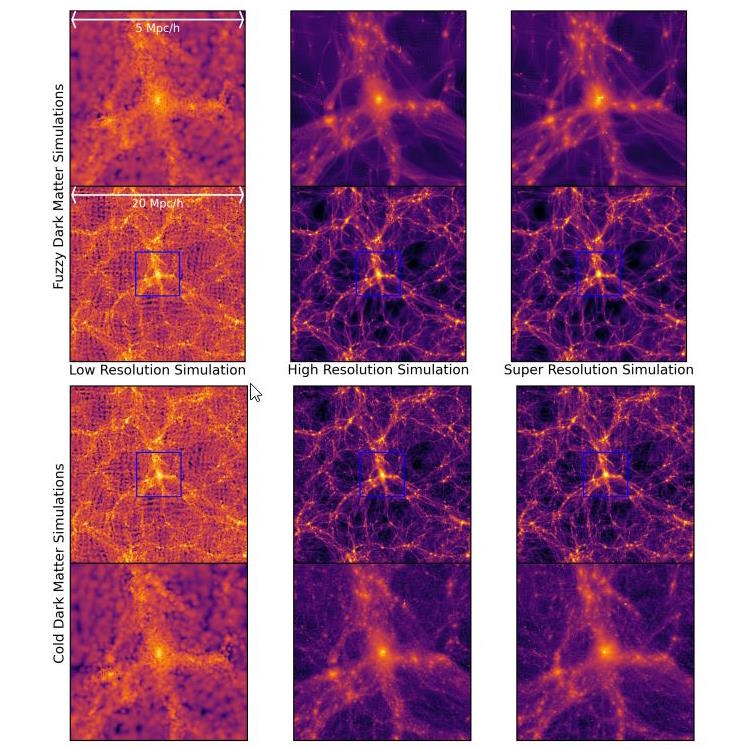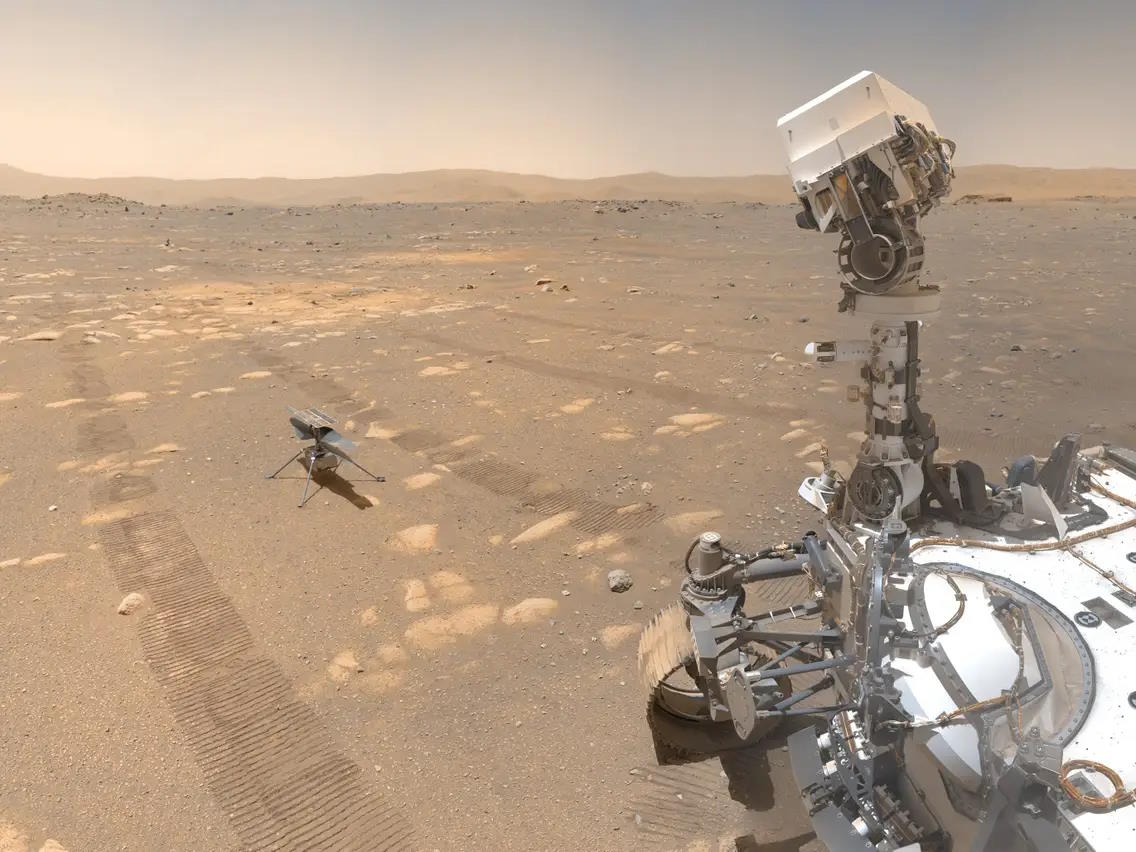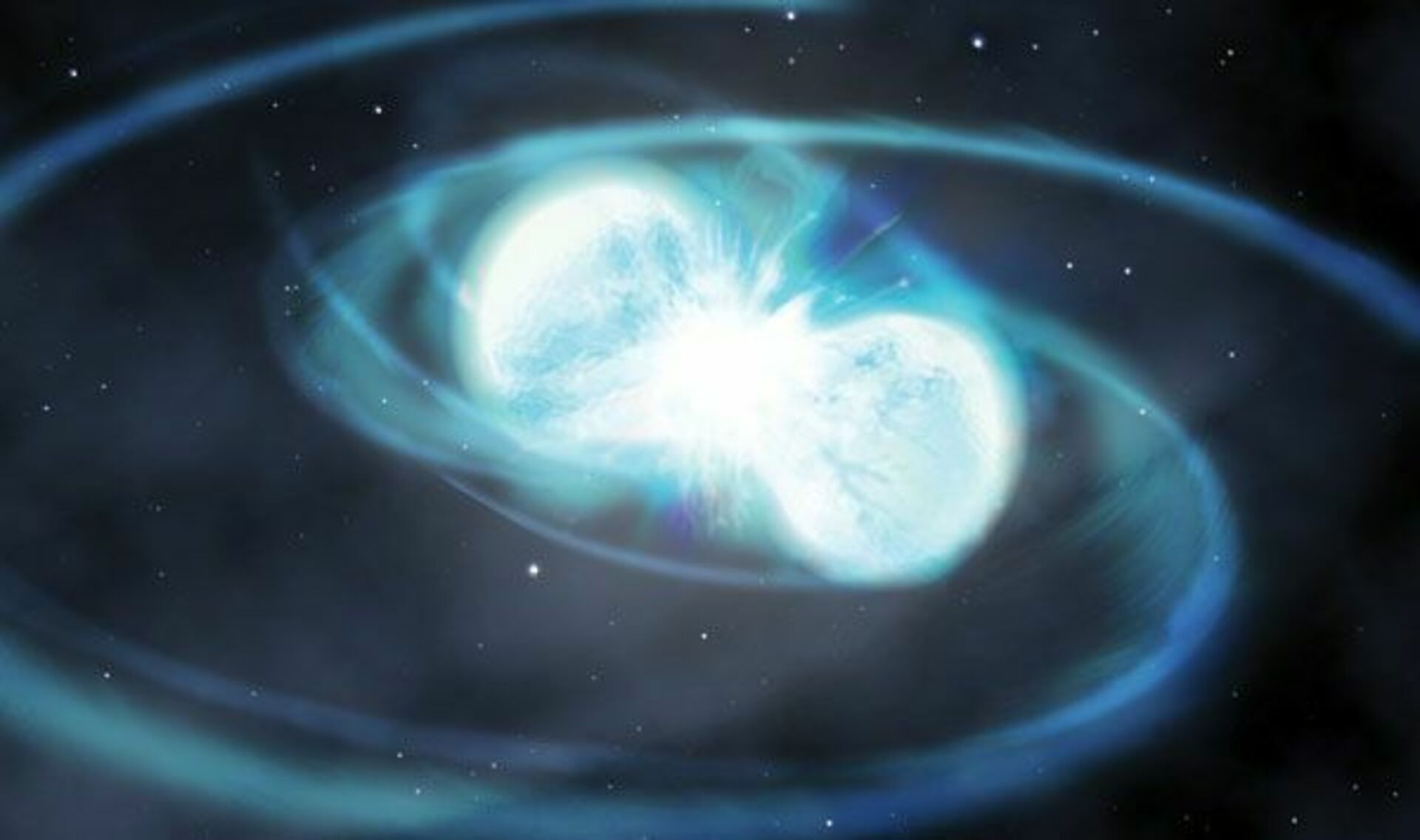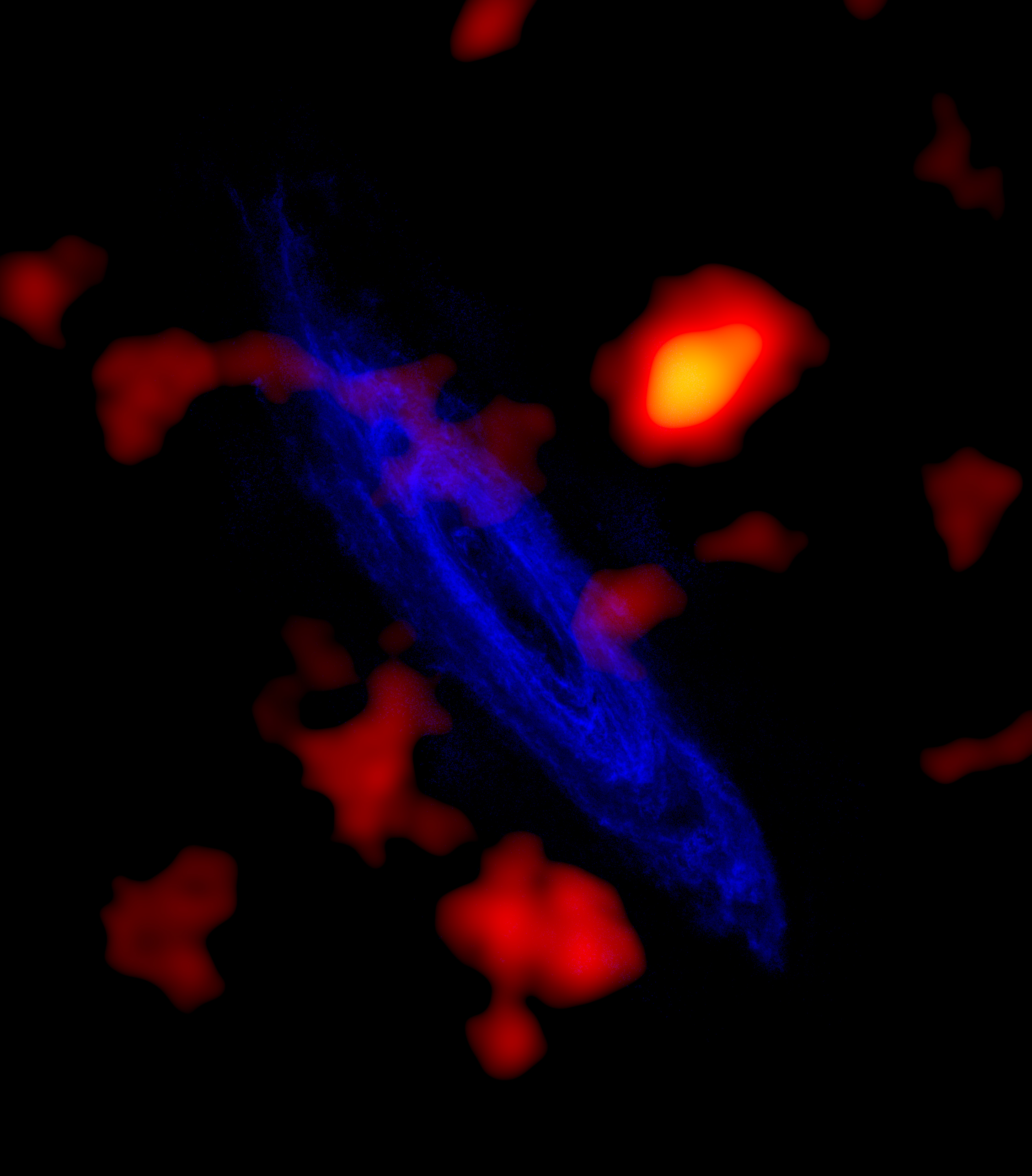Starts With a Bang Podcast #95 – Supermassive black holes and more
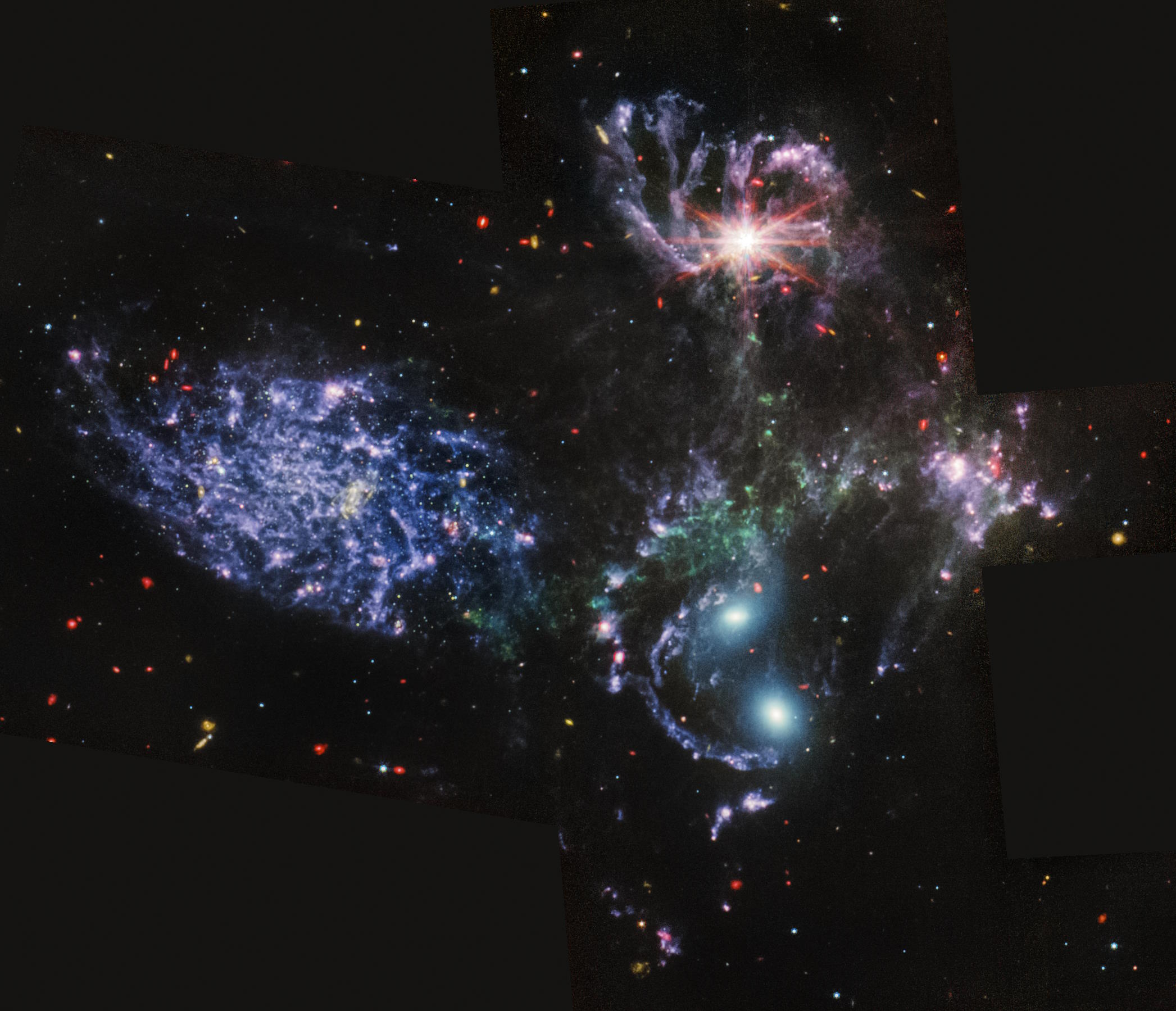
- While most of the Universe's black holes are around the mass of a rather heavy star, at the center of nearly every galaxy lies a supermassive black hole.
- Growing to millions or even billions of times the mass of our Sun, these cosmic behemoths power the largest individual engines in the entire known Universe.
- Over the past few years, and even since the dawn of the JWST era, we've learned so much about these cosmic objects. Join me and Dr. Allison Kirkpatrick on a journey to the cutting edge
Sometimes, it’s hard to believe we’ve come as far as we have, scientifically, in such a short period of time. We only began accumulating the first very strong evidence for supermassive black holes during the 1990s, and yet here we are, less than 30 years later, studying them, their effects, and their environments all across the Universe: from the present day to less than 1 billion years after the Big Bang.
We now believe that nearly every galaxy out there in the Universe not only produces black holes from the corpses of the most massive stars within them, but also supermassive ones that resides at the centers of these cosmic objects. Every once in a while, these supermassive black holes accrete matter and devour some of it, becoming active in a spectacular display. Just as we’re learning all about how the Universe grows up in terms of stars, atoms, and gas, we’re starting to learn how these supermassive black holes evolve and grow up, too.
Here to guide us through the latest and greatest scientific discoveries, I’m so pleased to welcome Dr. Allison Kirkpatrick onto our show. Allison is a professor at the University of Kansas and specializes in supermassive black holes, from X-ray to radio observations and well beyond. Join us on this exciting journey to the heart of one of our greatest cosmic mysteries, and see what it’s like at the frontiers of science here on Starts With A Bang!
